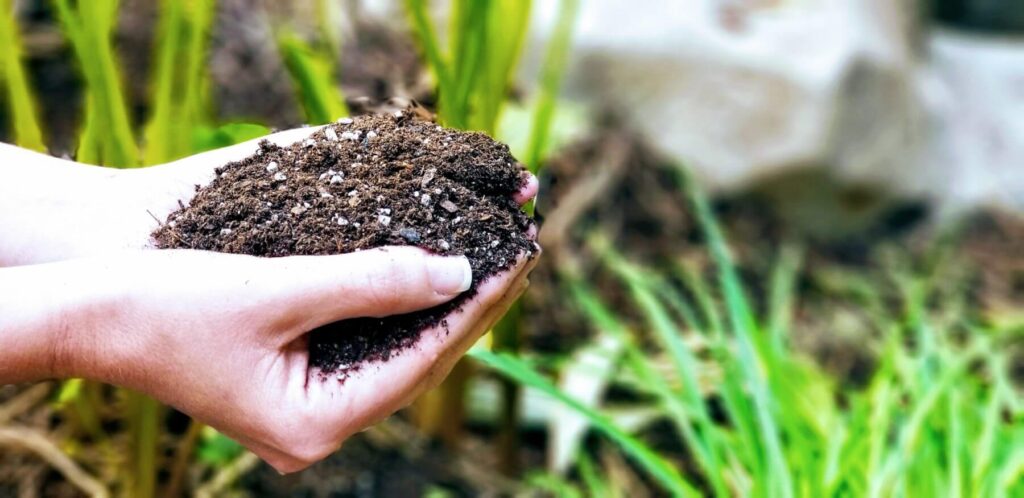Biochar is a stable form of carbon (similar to charcoal). For every tonne of biochar 3 tonnes of atmospheric C02 is captured and when sequestered in soils or building materials the carbon is permanently stored. As such “Biochar is one of the most promising near-term commercially viable carbon removal approaches.” The National Academies of Sciences, Engineering, Medicine. Report: Negative Emissions Technologies and Reliable Sequestration 2019
“Biochar sequestration provides an additional route for terrestrial carbon storage.” IPCCReport published 8th October 2018 ‘Global Warming of 1.5oc.’
Which is also why biochar addresses 12 of the 17 UN Sustainable Development Goals (SDG’s) and why the demand for the CO2 Removal Certificates (CORCS) has already outstripped global supply!
What’s so special about biochar?
Industry and academia have been adapting / formatting biochar’s to a be applied to a huge variety of soils, crops, agroforestry, substrates applications for years. As such biochar is most generally viewed as soil improvement tool which can both sequester carbon and improve soil health by retaining nutrients and water.
More recently however new products are being developed for green infrastructure, water quality and construction materials. The physical, chemical and biological properties of biochar make it a versatile material which can be used in a variety of applications.
James MacPhail from Sequest Ltd: “The use of biochar as a Nature Based Solution has been fully international for many years; individuals, businesses and research organizations have been busy developing biochar products to meet the demands of agriculture/horticulture, reforestation and carbon markets”.
Why is biochar useful in soil remediation?
Biochar has been used to great effect for years on remediating soils that are contaminated with heavy metals such as cadmium, lead and zinc, dangerous chemicals, such as arsenic, pesticides and organic pollutants.
There have been a vast number of international scientific studies into the effect biochar has contaminated soils. Crucially once the sponge like structure of the biochar absorbs the pollutants these aren’t released again. The immobilisation of the contaminants though biochar can lock up 500 times more than soil alone – due to its high surface area, high cation exchange capacity and long residence time in the soil.
Biochar doesn’t reduce the total levels of heavy metals in soils, it reduces the bioavailability to plants and mobility in soils. Phytoremediation consists of growing plants which can actively take up heavy metals, these can be harvested to reduce the level of contaminants in the soil – therefore a combination of biochar addition and phytoremediation as a good option for polluted soils.

